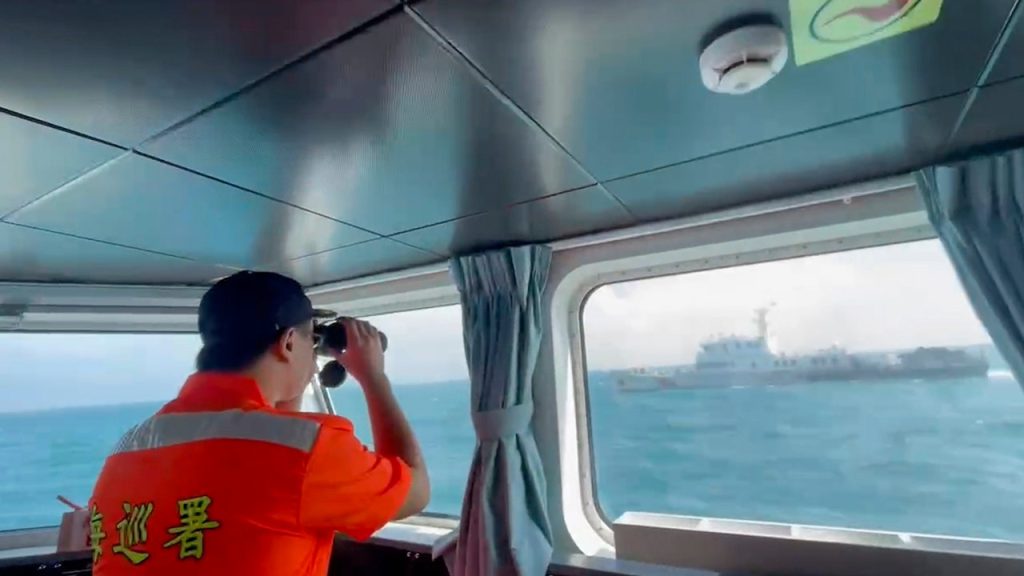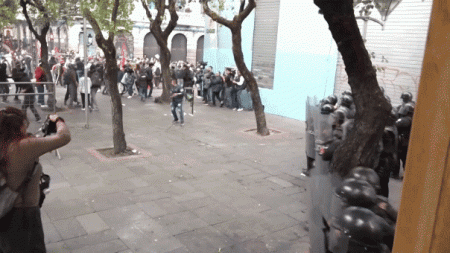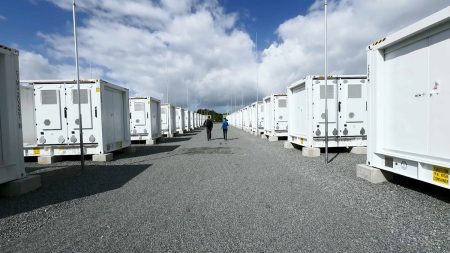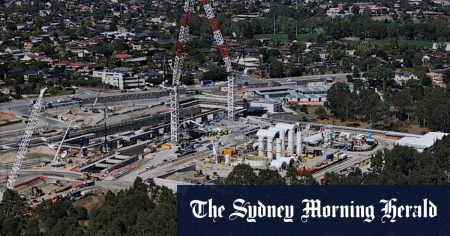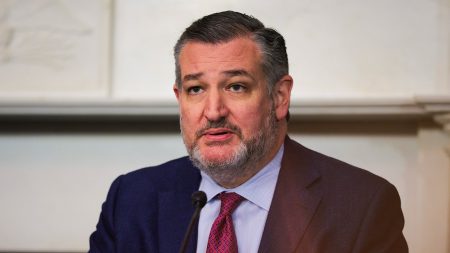China recently launched a record-breaking number of military aircraft in exercises surrounding Taiwan as a warning against the country’s pursuit of independence. Taiwan’s Ministry of National Defense reported that 125 Chinese military aircraft were spotted, with 90 of them being within Taiwan’s air defense identification zone. The drills were in response to the Taiwanese president’s refusal to acknowledge Taiwan as a part of China under the rule of the Communist Party. This military operation occurred shortly after Taiwan celebrated its National Day, with President Lai Ching-te expressing determination to resist annexation or encroachment by China.
The United States expressed serious concern over the military drills conducted by the People’s Liberation Army in the Taiwan Strait and around Taiwan. State Department spokesperson Matthew Miller stated that China’s military provocations in response to a routine annual speech were unwarranted and risked escalation. The U.S. called on China to act with restraint and avoid actions that could undermine peace and stability in the region. Chinese Foreign Ministry spokesperson Mao Ning reiterated China’s opposition to Taiwanese independence, describing it as incompatible with peace in the Taiwan Strait and expressing the view that Taiwan’s attempts to reject reunification through force were futile.
China’s military drills were accompanied by the deployment of the Liaoning aircraft carrier, with a J-15 fighter jet seen taking off from the carrier. The exact duration of the drills was not disclosed by China’s Defense Ministry. The drills involved the navy, army, air force, and missile corps in an integrated operation. Taiwan responded by deploying warships for surveillance and positioning mobile missile and radar groups on land to monitor the vessels at sea. Joseph Wu, secretary-general of Taiwan’s security council, emphasized that Taiwan would appropriately address any threats from China, emphasizing the importance of resolving disputes through peaceful means in accordance with the United Nations Charter.
The intensification of military activities in the region has raised tensions, with Chinese official statements emphasizing the historical trend towards China’s reunification and criticizing Taiwan’s resistance to reunification efforts. China’s state broadcaster CCTV aired a map showing the areas where the military drills were being conducted, highlighting the encirclement of Taiwan and the presence of Chinese military forces near the island’s outlying territories. Taiwan has expressed readiness to defend itself against threats from China, with the Defense Ministry asserting its commitment to handle the situation appropriately. The standoff has underscored the sensitive and volatile nature of the cross-strait relations between China and Taiwan, with both sides taking measures to safeguard their national interests and territorial integrity.
The escalation of military activities in the Taiwan Strait has drawn international concern, with the United States and other countries closely monitoring the situation and urging restraint to prevent further escalation. China’s military posturing and maneuvers around Taiwan have been viewed as a response to perceived challenges to its territorial integrity and national sovereignty. The dispute over Taiwan’s status and its relations with mainland China remains a contentious issue with complex historical and political dimensions. The ongoing tensions highlight the fragility of peace and stability in the region and the potential risks posed by conflicting territorial claims and military postures. The situation underscores the importance of diplomatic efforts and dialogue to reduce tensions and promote a peaceful resolution to the longstanding cross-strait disputes.




